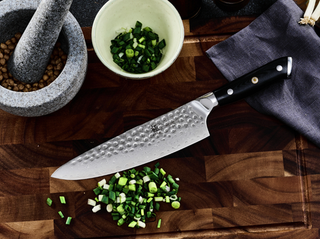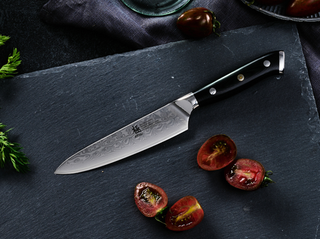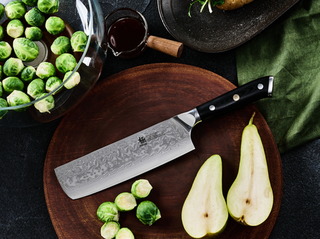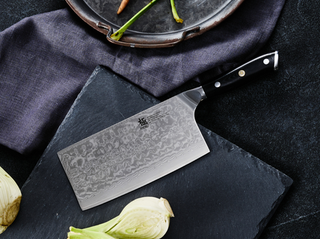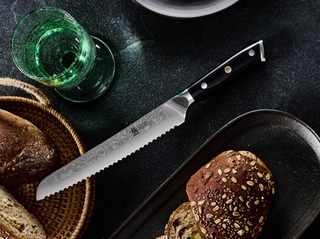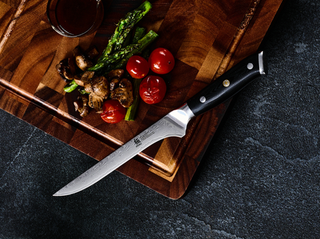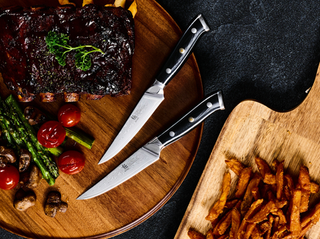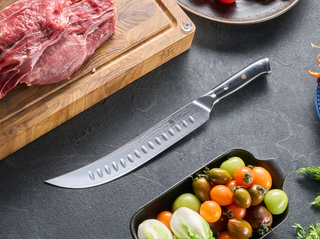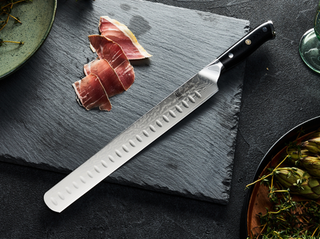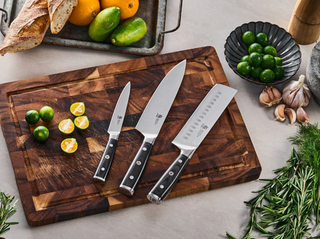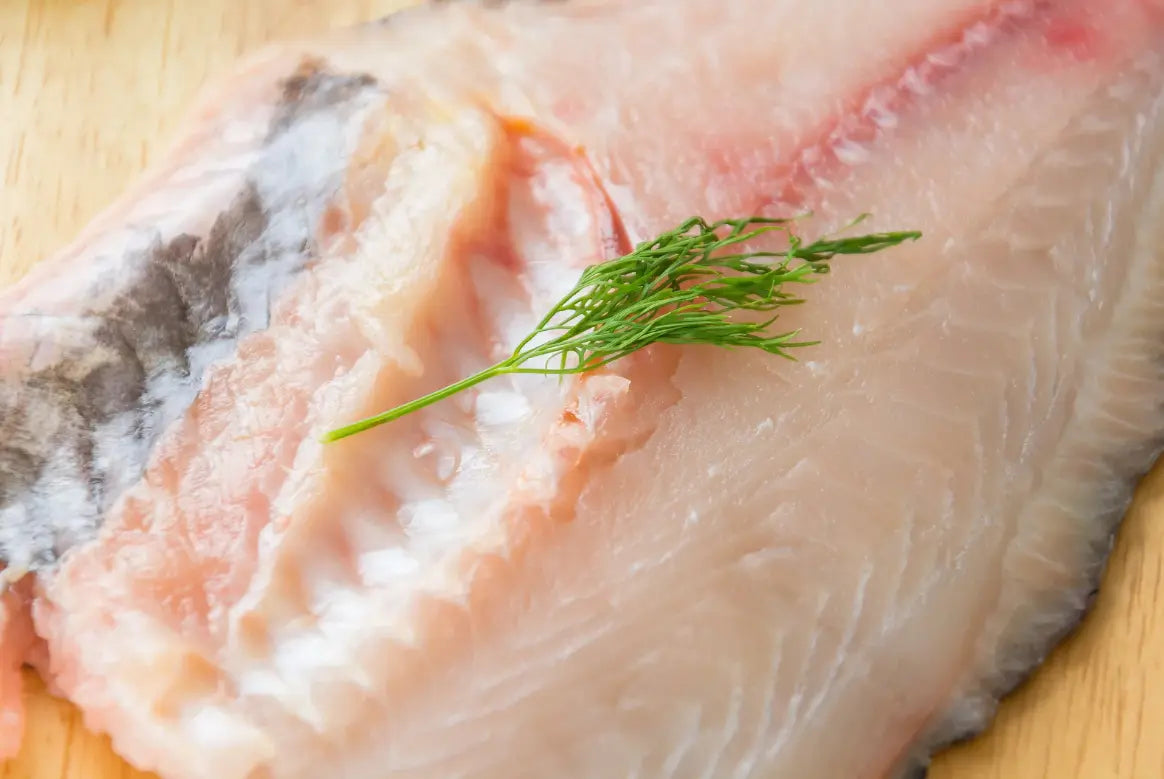Crappie, which is also called calico bass papermouth, is the third most popular freshwater fish. It is native to North America and stretches from Virginia to Florida along the coast of the Atlantic Ocean. The gill and tail are also present within the Great Lakes, Mississippi River, and St.Lawrence River.
Besides that, you will not believe that a Cat’s Crappiefest Tournament takes place in the city, too, where anglers from Texas participate in weighing their crappie from a kayak, boat, tube, or dock. What is the incentive? Regardless of the angler’s skill, everyone can win cash prizes.
The fish is famous for its flaky white flesh and delicate flavor, a treat you can enjoy only if the fileting process is done right. Otherwise, you will be left with more waste and less taste. If you don’t know how to fillet crappie, then no need to stress. This guide will teach you how to fillet crappie, manage the cutting step-by-step, the tools you will need, and tips to store your fillets for future culinary creations.

Enter The Kitchen
Enter the kitchen, where the answer to how to fillet crappie lies. Before you move ahead with the cutting, make sure you have the following:
Sharp Fillet Knife
Cutting without a knife sounds like a joke; hence, take a sharp fillet knife. Or purchase some from Kyoku Knives. They have a good-quality Santoku Knives series, which is perfect for prepping crappie fish. You will come across the 7" Santoku Knives 440C Steel, which boasts to deliver premium performance and top-notch corrosion resistance. Apart from that, the 7" Santoku Knives stand out from other knives in that they have a lifetime warranty. Hence, add these knives to upgrade your culinary set and see the difference in cutting.
Cutting Board
Get yourself a cutting board. Not just any, but a sturdy one that has a non-slipping nature. This means that it should be secure enough to hold the things that need to be cut and even while the knife is in your hand you don’t end up injuring yourself.
Needle-nose Pliers
Needle-nose pliers are not mandatory, but these prove to be helpful in removing the stubborn pin bones. Therefore, the choice is yours.
How To Fillet Crappie:A Step-by-step Guide
Place The Seafood With Ice
Seafood has a tendency to spoil immediately, hence keep the crappie with ice so it remains chilled and fresh till you are ready to fillet it.
Scale and Clean Your Crappie
Don’t begin filleting a crappie just yet, as you need to scale and clean the fish, too. The steps are as follows:
Deeply Rinse the Fish
Deeply rinse your fish under cold water so that all the dirt in the shape of blood, debris, and slime is washed off.
Sharpen Your Knife
A sharp knife will give you the desired results. Hence, there will be accurate cuts and minimum wastage. If you continue using a dull knife, then there will be a risk of tearing the flesh and making the process a challenge for yourself to complete on time.
Scaling
Another optional part is scaling. A crappie has delicate and small scales. Some people leave it like that, but if you want to remove them, then hold the fish by the tail. W ith the back of your knife scrape it upwards, and begin scaling from the tail towards the head of the fish.

The Filleting: The Final Showdown
It is good to see that you have reached the section of the blog that will guide you on how to fillet crappie:
Gilling
Take the knife and start removing the gills right behind the head. Initiate from the gill plate and continue down towards the backbone till you feel the spine is stopping the knife from proceeding any further.
Initial Cut
Grab your cutting board, and position the fish flat on the surface, keeping the stomach facing upwards. Make the initial cut at a shallow angle from the head, and run the knife along the backbone and off towards the tail. Keep the pressure as light as possible, as that will help in not cutting through the flesh.
Maintain The Track
What’s next? Maintain the cutting track. Place your fingers on top of the fish as you move your knife forward to feel the backbone. This pattern assists you while cutting and promises that your hand remains close to the bone without slicing the flesh.
Rib Cage Action
The next step of how to fillet a crappie involves rib cage action. While cutting, when the knife reaches the rib cage, be super careful in angling the blade up and go over the ribs so you don't cut them through.
You should feel a gap between the body cavity and the rib cage, which ensures that you did not cut the wrong way.
Remove The Fins
The last step requires to remove the fins. Use your hand to pull the top fillet gently from the body, while having the knife inserted near the tail. Take the dorsal fin and the flesh will separate along the rib cage without any additional pressure.
Flip The Crappie
Once the cutting ends on one side, it is time you flip the crappie and continue the same steps. In a few minutes, you will have the fillets on the cutting board.

Some Tips To Consider
From the future onwards, you must bear the following tips in mind:
Wash The Fillets
After you have transformed the fish into its fillets and skinned, if you find it necessary, wash the fillets under cold water to clean the raw food from any impurities like debris and blood.
Pat The Pieces
Dry the wet pieces by patting them with clean paper towels to absorb the moisture. Ignoring this step can impact their storage life and flavor, too.
High-quality Knife to Fillet Crappie
Conclusion
Now that you're armed with this knowledge and essential steps, filleting your crappie becomes a breeze. Remember to wash and dry your fillets for optimal storage and flavor. So, grab your gear, follow these steps, and prepare to savor the delicious reward of your fishing adventure! With a little practice, you'll be a crappie filleting pro, ready to create impressive seafood dishes for yourself and your loved ones.
